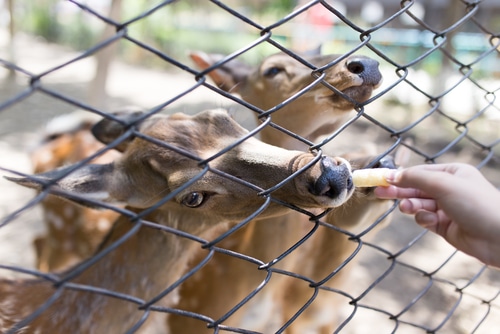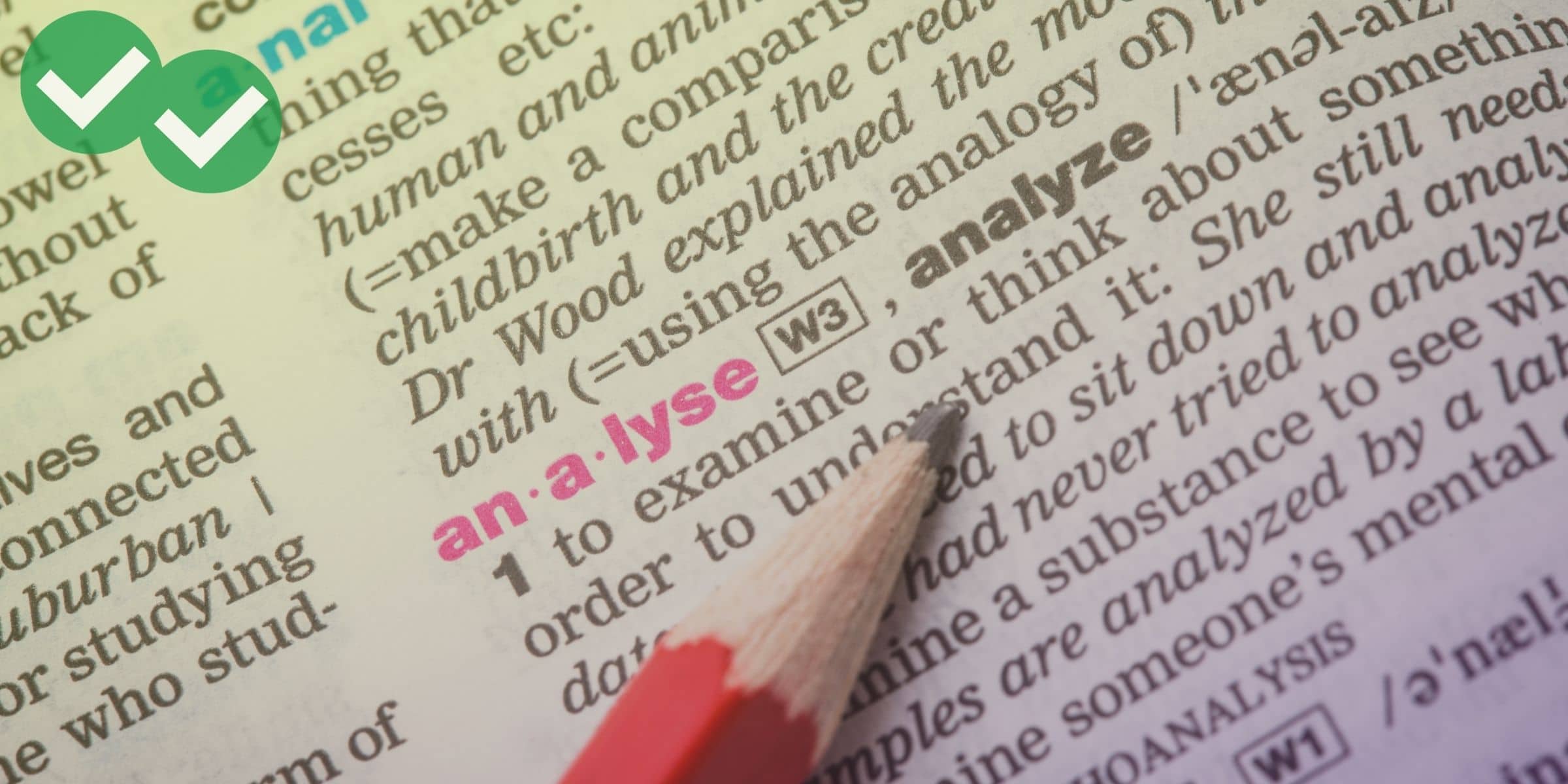
Today, we’re going to look at a TOEFL animal-related verb that can be confusing. The word is “feed.”
“Feed” as a Transitive Verb
The verb form of “feed” is probably the one you’re most familiar with. There’s a good chance that you already know the common sense of “to feed.” This means “to give food to someone or something.” Note that this meaning of feed is a transitive verb.
That means that “feed,” when used in this sense, must have a direct object. This should be easy enough to remember. After all, if you’re giving food, you’re not just giving food to the air, right? You need to feed a dog, feed your family, and so on.
“Feed” as an Intransitive Verb
That common use of the verb “feed” is easy enough, I hope. But here’s where the verb “feed” gets tricky: feed can also be intransitive, having no direct object. This intransitive form of “feed” is especially common in academic science texts like the ones you see on the TOEFL.
How can this be? Didn’t I just tell you that “feed” refers to giving food to someone? Yes, I did. But “feed” can also refer to a different food-related act, one that involves taking food, not giving it. In this sense “feed” has a meaning that’s very similar to “eat.”
You can say “the cows are eating” or “the cows are feeding.” This use of “feed” may seem a little strange to you. That’s understandable, especially because “feed” is not used as a substitute for “eat” in everyday English conversation. Not only that, but “feed” generally can’t replace “eat” when you refer to a person who’s eating. The intransitive form of “feed” is only used to refer to the eating habits of animals.
The grammar of “feed” can be a bit different from “eat” too. As I mentioned, “feed” is an intransitive verb when it refers to eating. But “eat” is transitive. So what’s going on here? If you make a statement like “A wolf eats rabbits,” how can you make a similar statement using “feeds” instead of “eats?”
Here, prepositional phrases come to the rescue. Remember, an intransitive verb can’t be followed by a direct object. But it can be followed by a preposition and prepositional object. So you can say a wolf eats rabbits, or you can say a wolf feeds on rabbits. Both statements have the same meaning, and have correct grammar!
“Feed” as a Noun
Feed can be a noun too. We’ll get into “feed”-as-noun in the second part of this series.






Leave a Reply